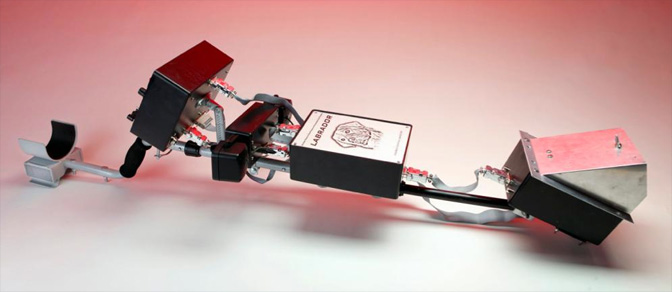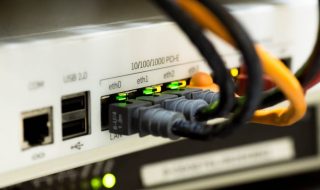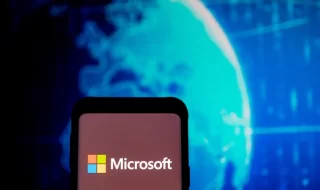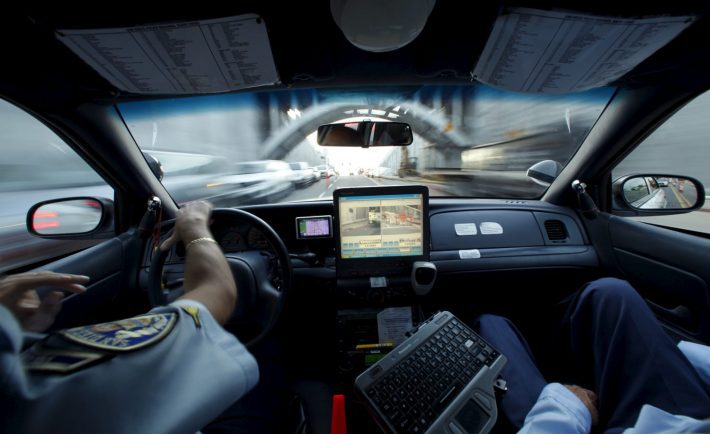
Every day, the world of crime fighting is getting closer to the world of Batman. Look at all of the gear Batman, the world’s greatest detective, has utilized over the years. He has a super computer, non-lethal weapons to detain criminals, different tools to analyze evidence, drones to monitor crimes in progress, and even AI to help him out.
While we don’t all have rad Batmobiles or Batarangs, crime fighting has basically caught up on all of the other amazing tools and gadgets in Batman’s toolbelt. The work that goes into solving crimes and catching criminals is extremely high tech and getting more advanced every year.
Drones To See What Is Going On
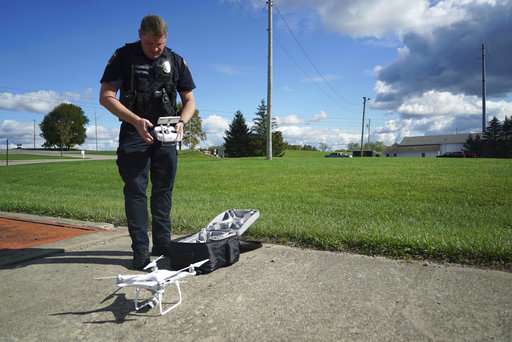
Drones become crime-fighting tool, but perfection is elusive
Just 10 years ago, remote control drones were complex and expensive pieces of equipment only the rich and the military could afford to use. Now, though, it’s possible to purchase a small drone for 30 bucks on Amazon. Want one with a camera? Those go for around 100 dollars.
Since drones are now so affordable and accessible, police can utilize them to investigate a scene or monitor a situation without risking human life. Instead of risking a human life by trying to get close enough to watch a drug deal go down, they can fly a drone high enough to grab some video without the criminals even knowing they are being watched.
Drones aren’t just those tiny flying machines either. Police also use drones made up of a camera and wheels for getting through small openings on the ground. Need to get an inside look at a bank robbery turned hostage situation? Send one of these through the AC vents to get an inside look.
Big Data and Predictive Analytics
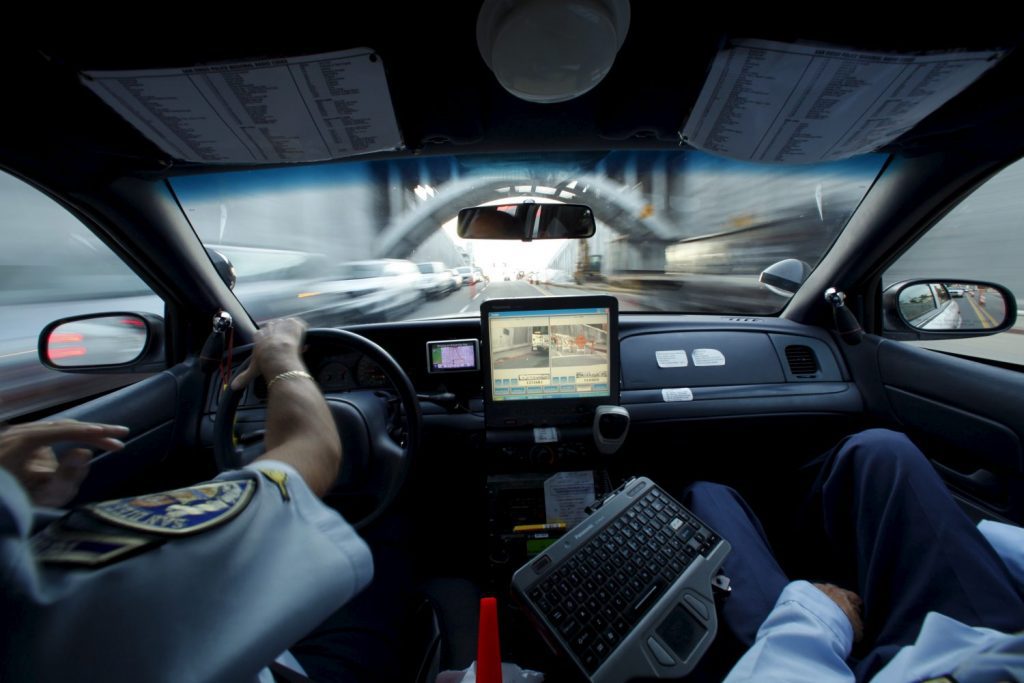
Column: Why big data analysis of police activity is inherently biased
We live in a world where we are constantly creating data. Everything we do, like reading this article, buying groceries, and how much electricity we use in our home, are all being tracked in some way or another. Crime is no different.
Police forces across the world are tracking not just where crimes happen, but comparing it to other factors that might contribute to specific types of crimes. This can include demographics, average area incomes, how old a neighborhood is, which areas might have more activity at different times of year, and more.
By taking all of this data and analyzing it against each other, police analysts are able to find patterns and trends to help guide their departments. This can having officers knowing where to patrol to both catch criminals and help deter crime from happening. That’s not all though. This information can be used to help improve areas with higher crime rates by targeting the factors that lead to people resorting to crime.
Analytics and big data isn’t just useful on the streets though. Being able to analyze large data for patterns is useful in catching credit card thieves. Credit card fraud is one of the most common crimes because traditionally it’s hard to catch the thief. By using big data though, analysts can find spending patterns within credit card fraud cases to build profiles for thieves. These profiles can help prevent fraud quicker and help police locate the thieves.
The Tech of Forensics
While not as flashy as episodes of CSI or as simple as it is for Batman, forensics play a major part in solving crimes and technology plays a major role in that.
One major example of new science is in the field of genomics While DNA has played a major role in convicting criminals, genomics takes it a step further. If DNA is recovered at a crime scene, scientists can identify what kinds of traits they might have based off of their genes. That includes race, hair and eye color, and even specific body traits or diseases.
Improvements to forensics including being able to analyze evidence faster using automated hardware instead of having to put everything under a microscope. Put a piece inside the machine and it will tell them what it is made up of.
Evidence isn’t just gathered by the CSI; forensic doctors and nurses also get evidence when a living person is involved. While in the process of saving or healing, forensic nurses and doctors collect important evidence like photographs of injuries, collect potential DNA samples, describe the state of the victim, and record the patient’s condition.
Police and Technology

The Future of Policing Is Here, and It’s Terrifying
With the help of new technology, police forces across the world are becoming more effective. Criminals are also becoming more technologically advanced, and law enforcement needs to keep up. By having police work hand in hand with cutting edge tech, our streets will be safer.

